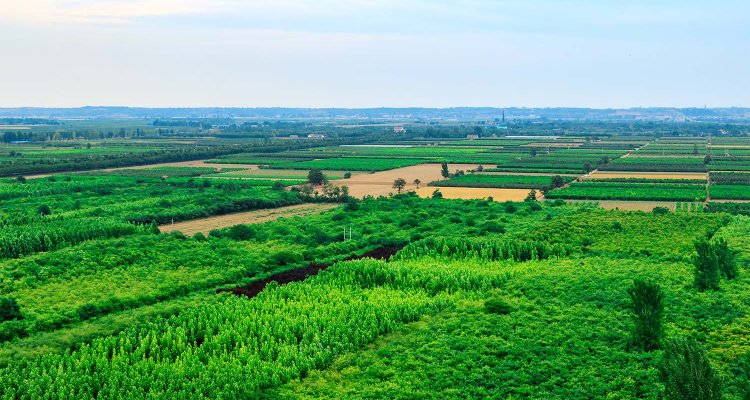
Project
Towards agricultural sustainability by better integration of crop and livestock systems
This project is part of the Sino-Dutch Agriculture Green Development (AGD) Programme. The project aims to evaluate options for sustainable integrated crop-livestock systems (ICLS) at regional level and assess impacts of current and improved farm types. We focus on two case-study areas in the North China Plain to conduct the research: Quzhou county in Handan city and Pinggu district in Beijing city.
Background
The decoupled production of crop and livestock systems is dominant in China, driven by the need to improve labour productivity and a burgeoning demand for animal products by the large and fast-growing middle- and upper-class population. This decoupling amplified dependency on external inputs, causing large losses of nutrients. Many reports discussed potential technologies to reduce external inputs, hence improving circularity. However, the geographic segregation of crop and animal production and strong regional concentration of livestock production has received little attention. This geographic segregation in China strongly limits nutrient circularity. Manure nutrients amass in some regions while remote croplands cannot receive these nutrients because of high transportation costs. Therefore, restructuring of farm types with integration of crop and livestock systems (ICLS) throughout regions is essential for agriculture green development initiatives and policies.
Project description
Chinese agriculture has intensified and specialised, in response to rapid economic development after reform- and the opening-up policy and the forces of globalization. In this project, the current agricultural situation of case study regions will be analysed, followed by forward looking exploration. We will first understand the diversity of farm types and their spatial distribution. After that, the environmental, economic sustainability and productivity of different farm types will be evaluated. At last, redesign of farm types and their spatial distribution to enable ICLS for agricultural sustainability will be explored.